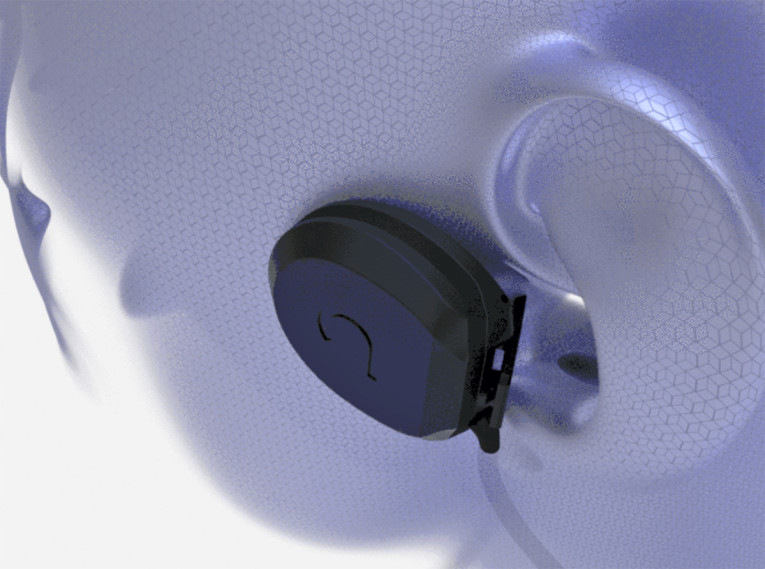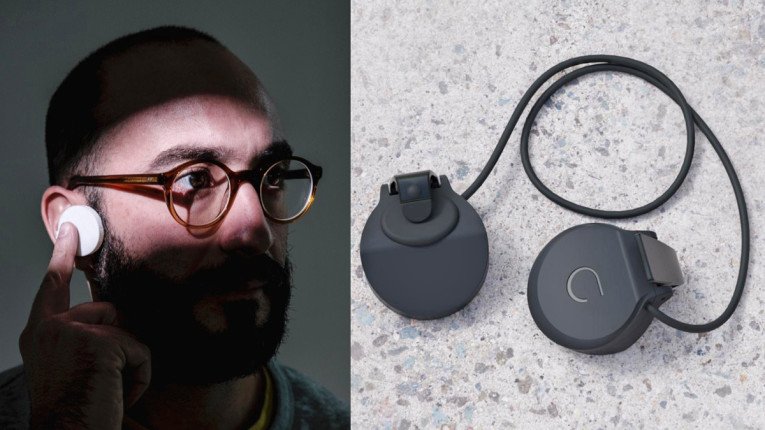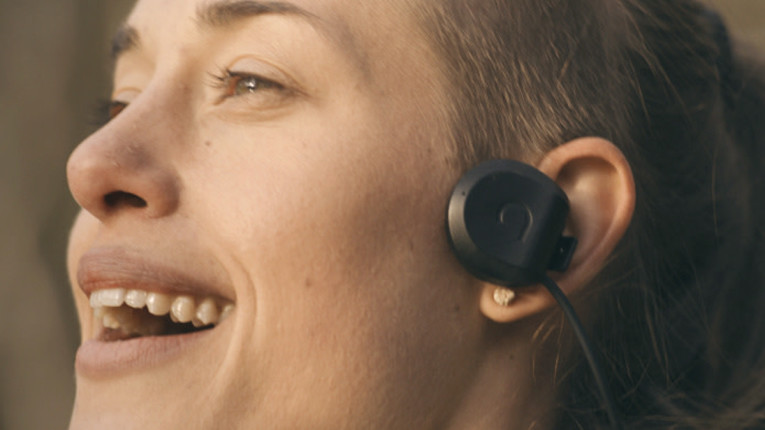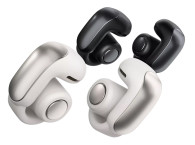
Following up on my previous editorial where I projected my enthusiasm for hearing augmentation and the reasons why I believe some companies will be better off innovating in the consumer space and worry less about hearing-aids - particularly about the over-the-counter hearing-aid approach - I will discuss today a new product design that I have been following and found extremely interesting. A product now looking for support that throws a new interesting angle on in-ear design, ergonomics, and human interaction.
Contrary to Mark Zuckerberg's wishes (or belief?), the Metaverse is not an appealing proposition - but augmented reality might be. And the difference lies in not isolating us from reality and our surroundings, but instead augmenting our life experiences and reality awareness. Virtual Reality (VR) goggles are awful because they break with our natural senses - awarding a very limited use of senses - and are awkward to wear. Likewise, occluded, in-ear earbuds and closed-back headphones are only acceptable when we can safely and confidently completely isolate ourselves from humanity - which in my personal case is... almost never.
I have tried — and eventually I can wear occluded in-ears for 30 minutes when I travel. That's it. Even when wearing regular headphones for a certain time, I start feeling anxiety, stress — not to mention fatigue. During very long flights I use loose fit OGS (Open Guided Sound), very light and open earphones. They sound "not very good" but at least I can watch multiple movies in a row. And that is why I started looking at open-ear and loose-fit designs, which are both a challenge and an opportunity for these more recent applications of noise cancellation, sound enhancement, and audio augmentation.
Just recently, Apple launched its third-generation Apple AirPods, which are the best-selling loose-fit, true wireless earbuds globally. The new 2021 model received a significant ergonomic and driver design, which greatly improves the user experience. I ordered a pair and tried them, and indeed I liked the new shape refinements and the overall sound quality. Hard to beat. But truly, AirPods should only be compared to other loose-fit designs - and that's a key point, because I believe that will be a key factor for an even larger take up of these devices in general. With open-ear hearables, I believe the true wireless market could be even much larger than what it is today - and TWS earbuds are already many times a bigger market than all other headphone categories combined.

The company's founder, Pedro Costa, a young acoustics engineer previously working in the hearing-aid industry in Denmark (where else?), grew up with a partial hearing loss and is also a music lover and avid headphones user. His company is Auricle, founded just in November of 2018, and they recently launched an Indiegogo crowdfunding campaign (which is now successfully funded >300%).
Pedro quickly identified the common problem of situational awareness or lack thereof when using headphones, and started working on a novel, and health-conscious, personal audio electronics design that could combine awareness, communication, hearing, and fun in everyday life situations. "We want to challenge the assumption that personal audio technology has to take over your hearing and cover your ears in order to be of high quality," Auricle states in their mission.

To realize that vision, Auricle uses bone conduction technology, which they have researched extensively and perfected to achieve improved sound quality and physical fitting. After thousands of hours testing, taking measurements, and conducting usability investigations, they designed their first product, which is about to enter production: Designed in Denmark and produced in Portugal (where some of the best companies in plastic moldings are available, together with reliable PCB and electronic assembly operations).
The main distinction compared to any other bone conduction product I've seen so far, the Auricle design holds to the tragus, that small and unique cartilaginous structure of the ear, located on the anterior margin of the auditory canal. The tragus grants a backward slope, guarding the opening of the auditory canal, which also proved ideal to hold a clip-on bone conduction transducer that leaves the ear canal completely open.

He was truly brave to embrace this project, starting from scratch, knowing he would have to create a platform able to rival the best TWS designs in terms of wireless features and reliability, dedicated DSP capabilities for advanced audio processing and... improve the transducer for bone/haptic conduction, enhancing the extra sensorial layer of touch that makes it possible to "feel" the vibrations/ beats. And of course, improve the overall sound quality - "One of our key differentiators (already tested and verified by multiple listeners),” he told me.
Of course, keeping confidentiality about Auricle’s formula to achieve that improvement, Pedro says it was the combination of transducer type/design and placement (the patented fitting system onto the tragus), plus calibration. The transducer is "not a regular bone conduction design either.”
"We have found the placement on the tragus to be the most power efficient location relative to the amount of power required to drive the transducer - irrespective of stimulated frequency. In other words, by attaching the auricles to the tragus, we get the most bang for the buck in terms of force (aka how much sound we can transmit via the skin and bone relative to the output wattage/voltage) and frequency range/response ‘balance’.”

Anyone interested in supporting the project should reach out! All those companies working with speech recognition for language translation really should consider working with Auricle. The company can be contacted through its website - www.auricle.io - and Pedro Costa is on LinkedIn here. And although the Indiegogo campaign is now closed, anyone interested in supporting the project and grab one or more of the first units can still to do it through the Indiegogo page here (look for the InDemand offers).
This article was originally published in The Audio Voice newsletter (#353), November 2021.








